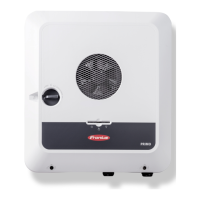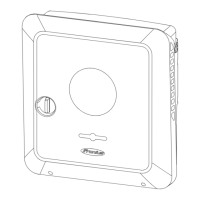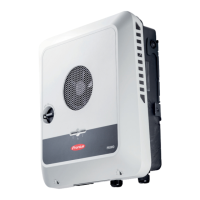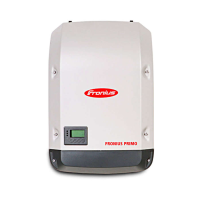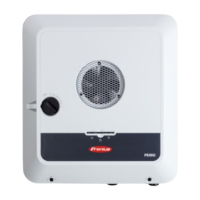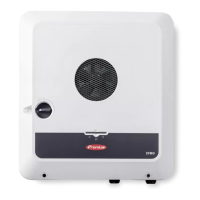146
Electrical tests
Insulation resist-
ance
These tests must be carried out while the cover is open. The insulation resistance test must
be carried out separately on the wall bracket and on the inverter.
- A thorough understanding of the tests is required before starting the work.
- The inverter must be taken out of the wall bracket.
- The device being tested must be safely isolated from the AC grid (the grid lead [L, N]
must not be connected). If the AC grid cannot be disconnected from the wall bracket,
the torques applied to all ground terminals must be checked.
- Strings must not be disconnected from the wall bracket. The insulation resistance test
can be carried out when the module array is connected.
- All switches (DC disconnector at position I), controllers etc. must be closed during the
measurements.
- The inverter must be disconnected from Fronius Solar Net and from the DATCOM ring
- The polarity must be correct when the insulation resistance test is conducted
The following minimum insulation values apply. The test voltages specified must be ob-
served *):
*) These requirements comply with DIN VDE 0701-0702 and ÖVE/ÖNORM E8701-1. Also
refer to the applicable requirements and standards in your country.
Key: Primary = DC (DC+ and DC-) | Secondary = AC (L and N) | Ground = PE
The insulation resistance test must be conducted between the following points on both the
inverter and the wall bracket.
WARNING! An electric shock can be fatal. Some of the insulation resistance
measurements are taken under high voltage. The process must be completely
understood before starting the test. Observe the following safety precautions:
- Restrict access to the work area as far as possible.
- Do not touch any other person while performing the test and take measures
to prevent other people touching any metallic surfaces.
- A voltage is applied to the area under test each time that the insulation resist-
ance testing equipment is switched on. The insulation resistance testing
equipment must be fitted with an automatic self-discharge device.
- Wear suitable protective clothing/protective equipment while conducting the
test.
- When carrying out the insulation resistance test, do not touch any other per-
son and put measures in place to prevent other people touching the back of
the solar module or the terminals of the solar module with any part of their
body.
- Ensure that the polarity is correct while conducting the insulation resistance
test to avoid unreliable test results.
WARNING! As the module array voltage has not been disconnected from the wall
bracket, PV voltage is still present at the terminals.
CAUTION! Take safety precautions due to the presence of DC voltage. Observe
safety rules!
Metrics Test voltage Limit value
Primary -> ground at least the max. DC input voltage of the device, how-
ever max. 1000 V
>= 1 M
Secondary ->
ground
>= 500 V >= 1 M
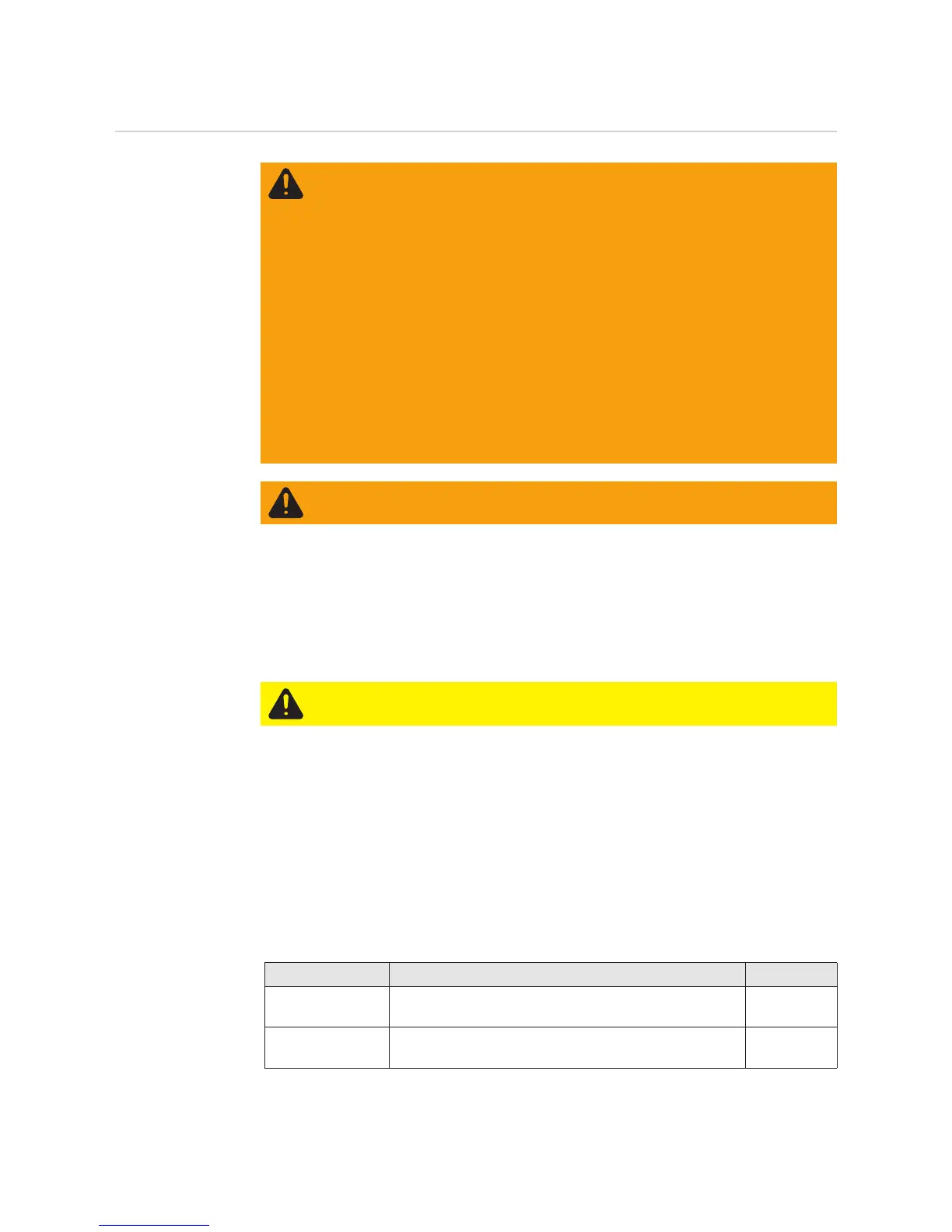